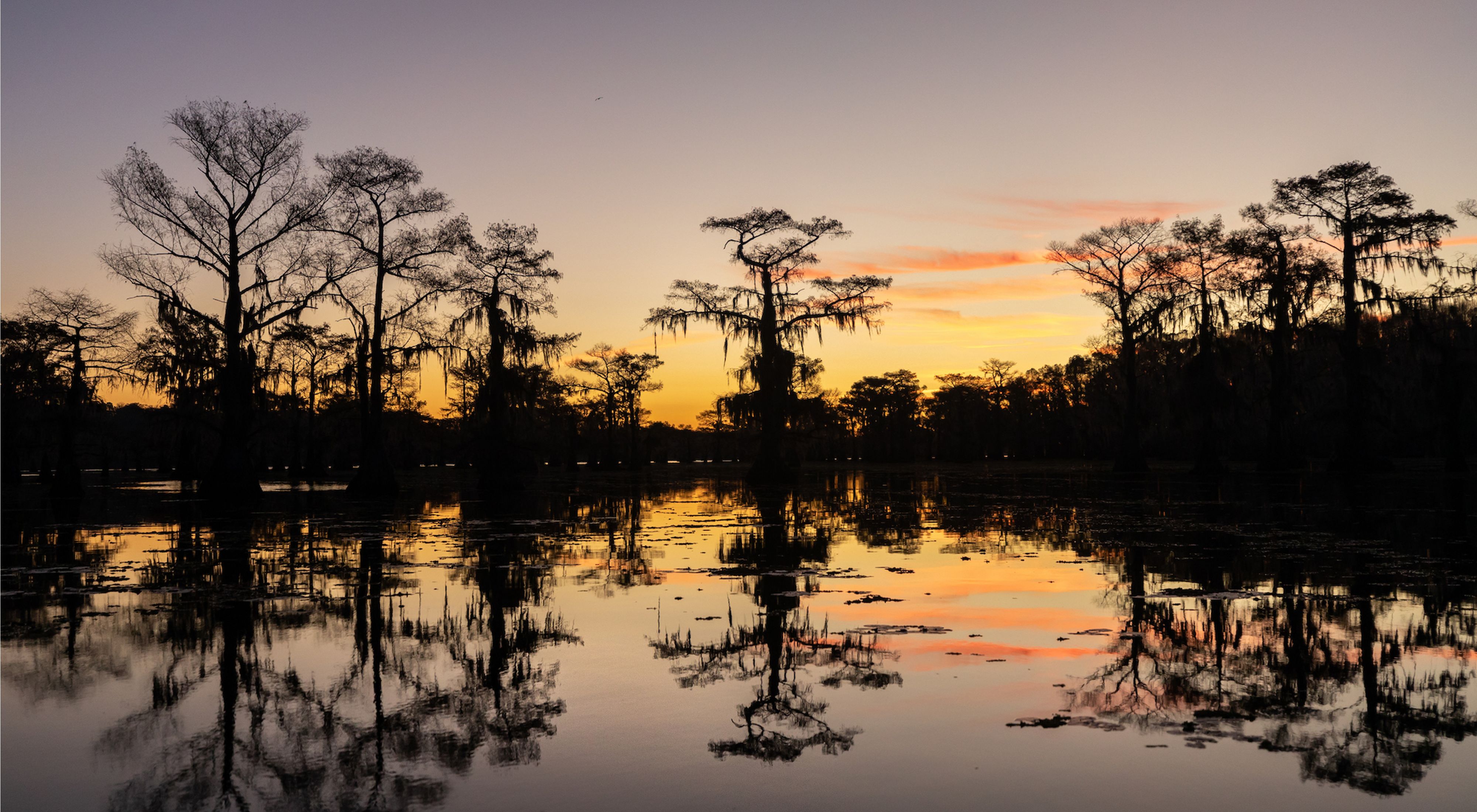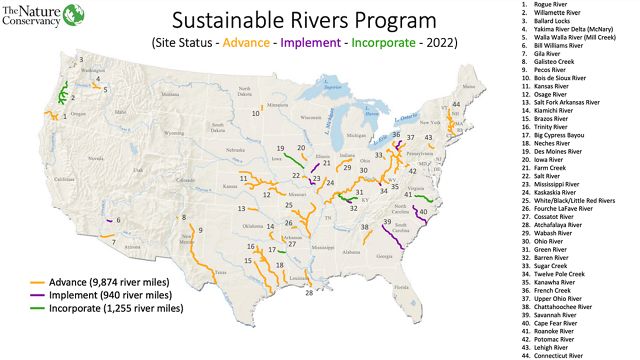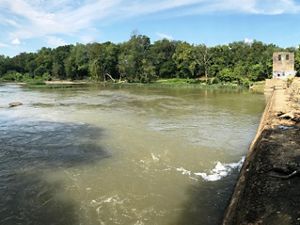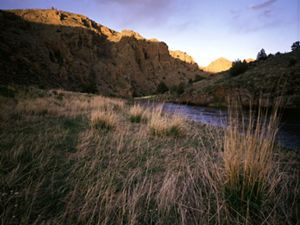Sustainable Rivers Program
Modernizing Water Infrastructure to Maximize Benefits
An Opportunity for Change
For much of the 20th century, the United States built thousands of large dams and other water projects to meet the nation’s growing need for water, food, flood risk reduction, hydropower and navigation. But since their construction, the operations of very few public dams have been fully reviewed and updated to meet current needs. Through the Sustainable Rivers Program, we now have the opportunity to modernize the operation of these water projects to improve the social, economic and environmental benefits they provide.
The Impacts of Altered Flows
Too often, river infrastructure like dams, locks and levees disrupts natural flow patterns that are critical to the health of rivers. Seasonal patterns of high and low flows support animal and plant lifecycles, preserve water quality and maintain diverse habitats. By artificially stabilizing river levels, dams can set off cascading effects that negatively impact fish and wildlife, ecosystems and the diverse array of benefits they provide to people. Science has shown that alterations to river flows are the principal reason why 40 percent of the nation’s fish and 70 percent of freshwater mussel species are listed as imperiled, and why many commercial fisheries have been decimated.
With just 2 percent of our nation’s three million miles of rivers and streams still free-flowing and undeveloped, the survival of our freshwater systems hinges on our ability to reduce the negative impacts of river infrastructure.
Prescriptions for River Health
In 2002, The Nature Conservancy (TNC) and the U.S. Army Corps of Engineers—the largest water manager in the nation—launched a collaborative effort to find more sustainable ways to manage river infrastructure to optimize benefits for people and nature. Now known as the Sustainable Rivers Program (SRP), this collaboration has grown from eight rivers in 2002 to 44 rivers in 2022, influencing 12,079 miles of U.S. waterways and including 90 associated reservoirs and dams.
The SRP focuses on determining environmental flow requirements for rivers and then creating operating plans for dams that incorporate these flows. Environmental flows are scientific prescriptions for the timing, quantity and quality of water flow that must occur downstream and upstream of dams in order to sustain critical ecological functions and habitat for species. The SRP is successful because it combines scientific expertise with a collaborative approach that engages stakeholders in reviewing and determining new flow patterns.
The program also helps boost local economies and improves quality of life. By promoting healthy wetlands, floodplains and flows, the SRP can reduce flood risk and flush toxic algal blooms in watersheds. And, oftentimes, SRP investments in ecosystems enhance hunting, fishing, birdwatching and other recreational opportunities.

The SRP Celebrates 20 Years of Success
Learn more about the SRP’s beginnings more than 20 years ago on Kentucky’s Green River.
Sustainable Rivers Program Success Leads to Expansion
The SRP’s results prove that re-operating dams and modernizing other river infrastructure increases the benefits they provide, particularly when done so in coordination with the downstream management of floodplains and other infrastructure.
Because of the SRP’s proven track record, U.S. legislators recognized the value of the program’s many benefits—including its potential role in mitigating flood impacts—and have significantly increased the nation’s annual investment in the program. With this increased funding, researchers at rivers already in the program can expedite the testing of flow prescriptions and more quickly incorporate best solutions. Increased monitoring will also help researchers better understand the impacts of updated dam operations.
Additional funding has also enabled the program to broaden the types of environmental actions to achieve the sustainable management of water and associated ecosystems. For instance, the Corps is working to adapt SRP methods for other infrastructure, especially locks and dams on larger rivers where commercial barge traffic occurs. Other targeted infrastructure includes dry dams and that which impacts endangered or vulnerable species.
But even with this increased investment, the SRP is unable to meet demand from Corps facilities and districts. In FY 22, only 40 percent of USACE District office requests for SRP support were met.

Potential for Nationwide Impact
The true value of the SRP is its potential applicability to the more than 600 dams, 403 million acre-feet of water storage and 53,000 miles of rivers impacted by Corps dams.
The SRP also provides interagency learning between TNC and the Corps. For instance, TNC and the Corps conduct joint training courses, research new solutions, and exchange staff to develop innovative approaches to water management. TNC and the Corps have engaged dozens of public and private partners around the nation to share information and resources.

Success Snapshots
- TNC and the Corps first explored re-operating dams to better benefit people and nature at Kentucky’s Green River.
- On Arizona’s Bill Williams River updated flow releases regenerated cottonwood and willow forests that flank the riverbanks and support a diversity of plants and animals, including nearly 350 species of birds.
- On Iowa’s Des Moines River changes to the management of at two dams will allow the Corps to periodically flood and expose mudflats to enhance nutrient cycling and provide improved habitat for migrating shorebirds and waterfowl. Watch a time-lapse video.
- On the Roanoke River in North Carolina, environmental flows are restoring the health of 95,000 acres of floodplain by reducing stress on bottomland hardwood forests and wildlife the forests support. (Note: Follow the link to learn more and watch a video about the Roanoke River.)
- At North Carolina’s Cape Fear River, environmental flows are improving fish habitat and aiding fish migrations.
See several other Sustainable River Program case studies on the U.S. Army Corps of Engineers website.
For more information, contact Jim Howe, The Nature Conservancy’s team lead for the Sustainable Rivers Program.




